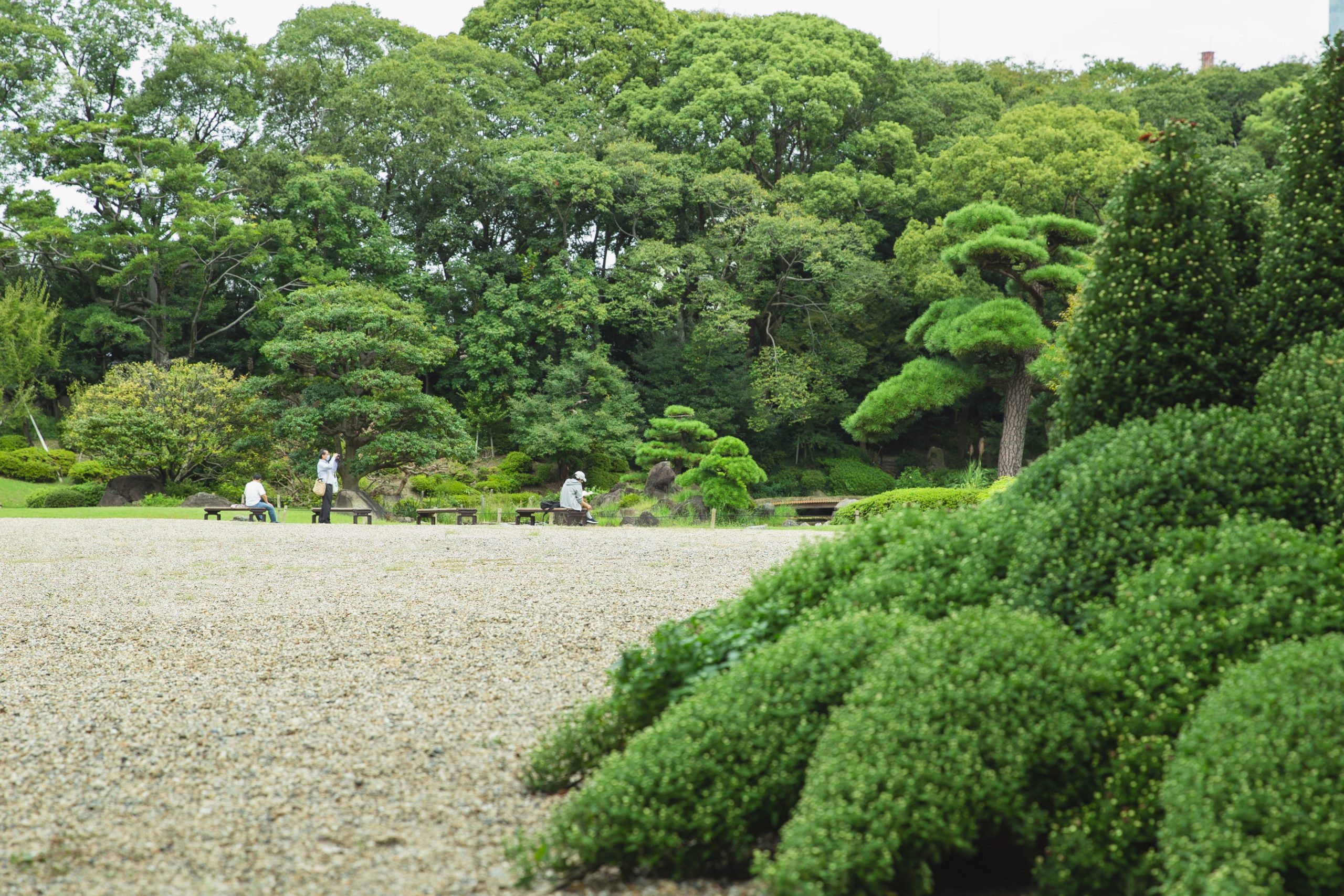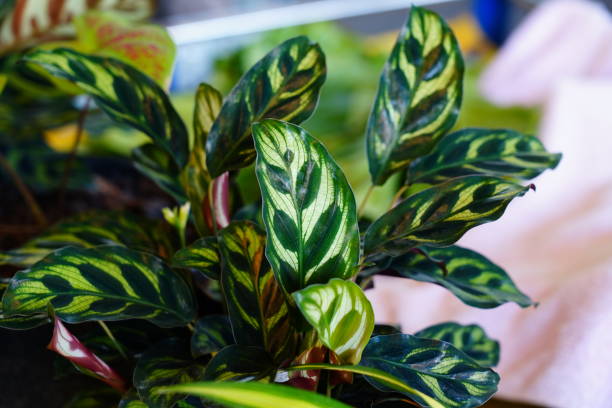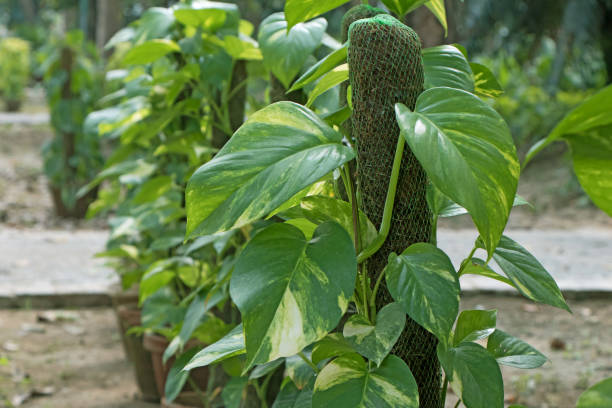Best Evergreen Shrubs to Make Your Garden Talk of the Town

We can not imagine a garden without evergreen shrubs. They are an essential part of every garden, no matter where the garden is located. Evergreen flowering shrubs render year-round texture, color, and privacy. Moreover, they also offer shelter and food to wildlife and birds.
There is a wide range of evergreen shrubs in every shape and size with different shades of green, from sunny golden-green to deepest emerald, which makes it difficult to choose the right one. Here is an article with all you need to know about the best evergreen shrubs for your garden.
Best Evergreen Shrubs for Your Garden
Evergreen shrubs are best to add a lush green touch and beauty to your garden. Whether you like small evergreen shrubs or evergreen flowering shrubs, each and everyone is the right pick for you. Some varieties of evergreen shrubs can tolerate extreme heat, and some can bear cold. No matter what is the general weather in your locality, here are some of the best evergreen shrubs for your garden.
Wintercreeper
Botanical Name: Euonymus fortunei
USDA Growing Zones: 5-8
Soil Needs: Well-drained and medium moisture
Sun Exposure: Full sun to partial shade
When it comes to the best evergreen bushes, wintercreeper is on the top. It has beautiful green foliage with green and golden margins. This one belongs to the category of small evergreens as it grows up to around 2-feet and sprawls out as much as approximately 4 feet.
It is suitable for shady and sunny areas. When provided with the right support, it can also climb a low wall. During fall, the foliage turns pinkish-red, which makes it more attractive. Trust me; it can be the best addition to your garden.
Rhododendron
Botanical Name: Rhododendron Spp.
USDA Growing Zones: 3-9 (varies according to variety)
Soil Needs: acidic, well-drained, and humusy
Sun Exposure: part shade
If acidic soil is your concern, then worry not; this is among the best evergreen flowering shrubs for acidic soil. It has broadleaf evergreens that retain leathery, beautiful green-to-bronze foliage through the cold winter months. These ones have larger leaves and beautiful flowers. The flowers are usually ten stamens.
One best thing about rhododendron is that they are versatile plants and are used as specimens in a large group of shrub islands and woodland gardens. These fast-growing shrubs are also used as foundation plants. However, they have ariy growth routine, which makes them less suitable for hedges.
Eastern Hemlock
Botanical Name: Tsuga canadensis
USDA Growing Zones: 3-7
Soil Needs: Well-drained, medium moisture
Sun Exposure: Partial to full shade
Canadian hemlock is popularly known as evergreen hemlock. It is a wonderful coniferous evergreen with lacy, small needles. It performs really well in shady conditions. Many specimens belonging to this genus are large and can grow upto 70 feet. They perfectly serve as landscape trees and also function as shrubs. If you properly trim them, they can be used as small trees for landscaping. They are perfect for making effective privacy screens. These evergreen shrubs do best in cooler climates. So, if you are looking for something to form a protective screen in your garden, then these small evergreens are the right choice.
Golden Mop
Botanical Name: Chamaecyparis pisifera
USDA Growing Zones: 5-7
Soil Needs: rich, well-drained, moist
Sun Exposure: Full sun to partial shade
These evergreen shrubs are popular for their whimsical golden foliage. In False Cypress, Golden Mop is one of the popular varieties. It has a needled evergreen shrub, but like other false cypresses, it does not have sharp needles. Instead, it has awl-shaped needles which look beautiful.
This one is a slow-growing shrub belonging to the C. pisifera species. It takes around ten years to gain its maximum height of around 10 feet. So, if you are looking for fast-growing shrubs, this one is not for you. The golden mop is often included in small rock garden ideas to create an amazing view.
Blue Holly
Botanical Name: Ilex x meserveae
USDA Growing Zones: 5-8
Soil Needs: well-drained and slightly acidic
Sun Exposure: Full sun to partial shade
Blue holly is one of the broadleaf evergreen shrubs which grows around 6 t0 8 feet tall. However, occasionally it grows around 15 feet tall. It is one of the best evergreen shrubs for landscaping. The branch stems of these evergreen bushes are dark.
Blue Princess is the most famous blue holly cultivar and is a female clone. In order to produce berries and flowers, you need male plants like Blue Prince. Blue holly is among the versatile shrubs and is used in screens, hedges, landscaping, and also foundation planting. It is essential to plant this one in a sheltered location for better results.
Boxwood
Botanical Name: Buxus spp. And Hybrids
USDA Growing Zones: 4-9 (differs according to variety)
Soil Needs: well-drained and evenly moist
Sun Exposure: Full sun to partial shade
Boxwood is also a broadleaf evergreen shrub. It has beautiful small leaves and dense growth habits, which makes it a perfect plant to form formal hedges. Boxwood is popular for its densely packed and small leaves, which makes it ideal for pairing with garden shears.
It is a slow-growing shrub, and it rarely grows around five feet tall. Boxwood is one of the best small evergreen shrubs and is usually trimmed to keep them shorter. These evergreen bushes do not like harsh cold winds as they can turn the foliage to bronze and can also cause them to fall. If you are looking for foundation planting, this one is just the perfect choice for you.
Arborvitae
Botanical Name: Arborvitae occidentalis
USDA Growing Zones: 2-7 (differs according to variety)
Soil Needs: well-drained and medium moist
Sun Exposure: Full sun to partial shade
Arborvitae occidentalis is a group of a wide range of needled evergreen shrubs and trees. In these ones, the needles are arranged like sprays which look like scales. However, it is different from most of the needled greens.
Depending on the size, arborvitaes can be used for a wide range of landscape purposes, from privacy screens to hedges to shade trees to foundation plantings. If you want some really beautiful evergreen shrubs, arborvitae is the right choice for you.
Yew
Botanical Name: Taxus spp.
USDA Growing Zones: 2-10 (differs according to variety)
Soil Needs: well-drained and medium moist
Sun Exposure: full shade to full sun
Taxus is a wide genus, including needled evergreen shrubs. Many of these are profoundly suitable for landscape purposes and also different uses. Yew is different from other needled shrubs due to its shape. The needles feel soft and flattish rather than prickly like other points needled evergreen.
When it comes to yew, the foliage color is dark green, and sometimes it also borders on black. Yew is tolerant to shade. Moreover, it can be easily trimmed to different shades, which makes it a versatile plant. It is popularly used for foundation plantings.
Mountain Laurel
Botanical Name: Kalmia latifolia
USDA Growing Zones: 4-9
Soil Needs: well-drained, rich, and slightly acidic
Sun Exposure: part shade, can also tolerate well-drained and slightly acidic soil
If you are looking for beautiful evergreen flowering shrubs, mountain laurel is the right choice. It belongs to the category of broadleaf evergreen shrubs and can grow around 15 feet. Mountain laurel grows clusters of pinkish flowers during spring which makes it popular among gardeners. It has a multi-stemmed growth habit, leathery leaves which are similar to rhododendrons. The old plants sometimes look like small trees that have gnarly trunks.
These evergreen shrubs are usually planted in masses or screens, foundations, and also in shrub islands. If you have pets at home, then it is better to avoid these ones. In addition to this, also avoid poisonous weeds in your garden.
Daphne
Botanical Name: Daphne x burkwoodii
USDA Growing Zones: 4-9
Soil Needs: well-drained, rich, and moist
Sun Exposure: part shade to full sun
Varying according to the hardiness zone, a Daphne shrub can be semi-evergreen, fully-evergreen, or deciduous. One of the best cultivars is Carol Mackie. It is a small rounded shrub that grows around 2 to 3 feet tall. One best thing about this shrub is that it produces pale pink flowers during late springs.
The leaves of these evergreen shrubs are grayish-green and have cream-colored margins. When it is grown in zone 4 or 5, it may suffer winter damage. In the zone 6 to 8, it is beautifully evergreen.
If you want low-maintenance shrubs, then this one is definitely not for you as it is finicky and can die for no reason. It makes an amazing choice for screens, foundation plants, or borders. The flowers of these plants are fragrant, which makes them the right choice for the living areas. Tired of mosquitoes? Grow these best mosquito repelling plants.
Blue Star
Botanical Name: Juniperus Squamata
USDA Growing Zones: 4-8
Soil Needs: well-drained and medium moist
Sun Exposure: full sun
It is one of the most beautiful needled evergreens. Blue star has wonderful silvery-blue foliage but has a low-growth habit. It is a slow-growing plant and is among the popular small evergreen shrubs. Blue stars reach upto 1 to 3 feet at maturity and have a perfect spread. The seed cones of these evergreen bushes are blackish berries.
Creeping Juniper
Botanical Name: Juniperus horizontalis
USDA Growing Zones: 3-9
Soil Needs: well-drained, rich, and medium moist
Sun Exposure: full sun
Creeping junipers are cultivars that grow upto 18 inches in height. They spread around 8 feet which makes them the right pick for landscaping. The foliage comprises scaly and prickly needles, which are blue-green in color. They also turn purple in winter.
Evergreen shrubs are the best pick for gardens as they enhance the overall look of the landscape. You can either plant them solo or can grow in groups for a better look. One best thing about evergreen shrubs is that you can also grow them in rock gardens to create something unique. Tell us about your favorite evergreen shrubs by dropping a comment.
Final Words
If you like low-maintenance plants, then this one is the right pick for you. You can grow them in rock gardens or hillsides. However, these plants are sometimes subject to fungal issues, and they can rot in wet conditions.






